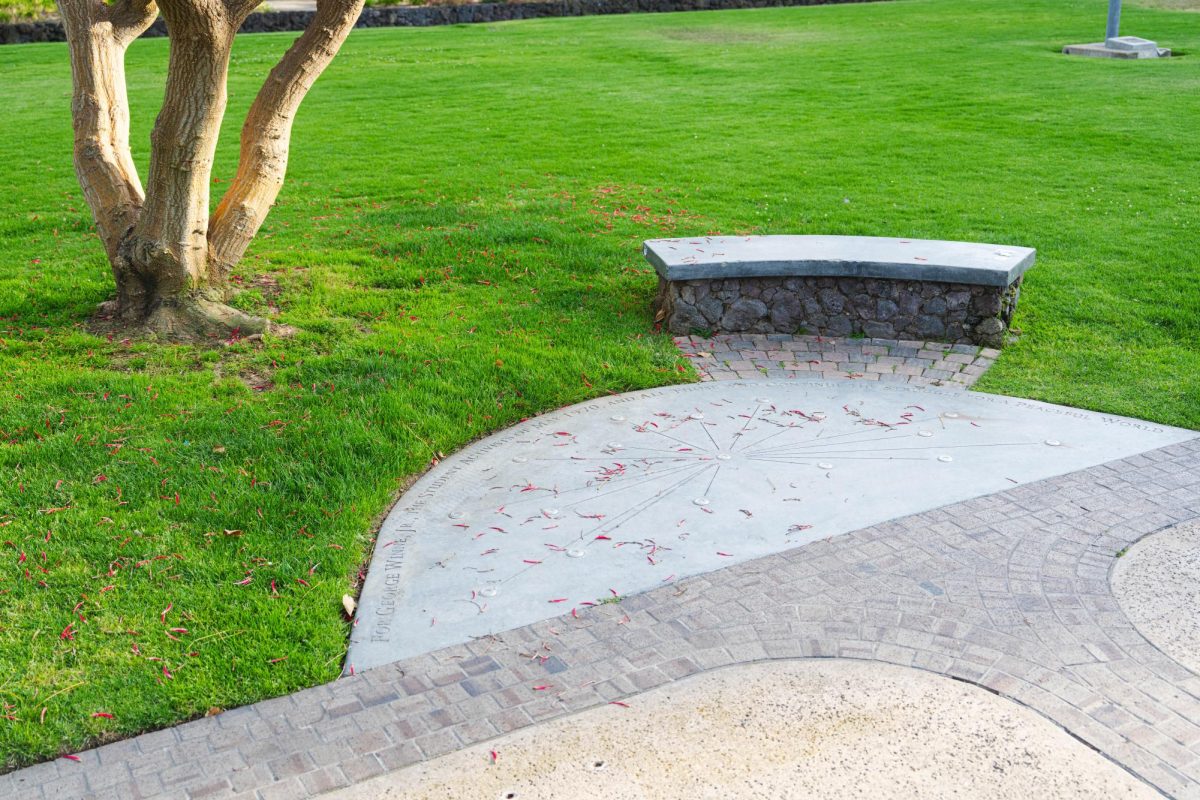Relaxation is the antidote to stress, but it takes practice to find that peaceful state. In the 2010 National College Health Assessment, UCSD students reported stress as the number one impediment to academic performance, with 60 percent of them rating the stress they’d experienced over the preceding year as anywhere from “more than average” to “tremendous.” Apparently, students could use a bit of guidance when it comes to emotional well-being.
To offset these numbers, UCSD Postdoctoral Fellow Lisa Finlay leads the workshop, “Stress Management Through Relaxation Training and Biofeedback.” She hopes this workshop will help students become more attuned to their stress and provide them with strategies that will effectively combat high stress levels. Her workshop, which began earlier this month, focuses on relaxation exercises such as guided imagery (imagining yourself in a relaxing setting, for example), and is supplemented by biofeedback.
“Biofeedback is where you use some kind of equipment that monitors a certain autonomic function,” Finlay said.
Each student wears the device clipped to his or her ear throughout the entire workshop to get live feedback on their heart variability. The entire setup is fairly discreet and simple — the clip on the ear lobe has a thin white cord leading down to a box the size of a cigarette pack, which gives light cues to indicate the variation in time intervals between heartbeats.
Changes in pulse can be indicative of where an individual falls within the different stages of emotional well-being, relaxation or emotional flexibility — all factors that correlate with stress. Thus, measuring and documenting these changes can help gauge if the relaxation exercises are decreasing stress levels.
“We tend to think our pulse is like a metronome, but its not,” Finlay said. “It’s constantly changing.”
The goal is to reach “coherence,” a term that refers to the state of relaxation and well-being that’s indicated by an even heart rate variability. Finlay said the feedback allows individuals to develop something akin to “muscle memory” for their heart. This occurs when students in her workshop become familiar with the process and feeling of reaching “coherence” and are then able to replicate that process without the machine. Essentially, this process would make it easier for individuals to cope with and even overcome stressful situations by understanding how to gravitate their bodies towards a steady heart rate.
“This is really cool that we have these [biofeedback devices] here,” Finlay said. “Anywhere you go, you can lead someone through a relaxation exercise, and people can say subjectively afterwards, ‘I liked it, I felt relaxed.’ But this is another way of measuring, ‘Yeah it felt nice, and I also had high coherence on my machine.’”
All of this is a small step towards making a bigger impact over time.
“A lot of times, people want to make a drastic change, with the goal of getting rid of stress or forgetting about their stress,” Finlay said. “And those drastic changes are really hard to make and sustain, whereas small, maybe a simpler change can still have a profound effect. “
The Counseling and Psychological Services website includes other ways to reduce stress. Journaling, deep breathing and self-massages are examples of small changes students can make to relax. According to Yahoo’s April 2 article, “Just Explain It,” about students and stress, researchers have found that a student’s level of performance in a stressful situation can be linked to how fast dopamine is cleared from his or her brain. If a student has the gene that clears dopamine slowly, he or she can counteract this disadvantage by increasing their experience by studying, taking practice tests, and frequently rubbing elbows with high pressure situations. Stress can be something that is harnessed and used as a driving force to achieve new things.
“The goal is never get rid of stress completely,” Finlay said. “The goal is to have that balance of stress — to have it as a motivating factor in our lives and not impede our performance.”






